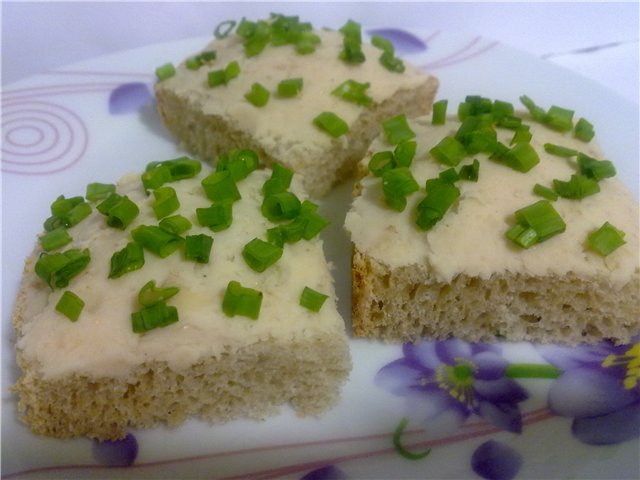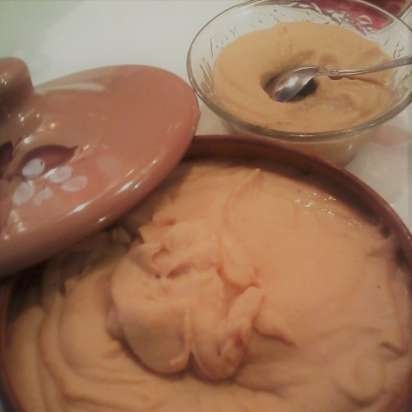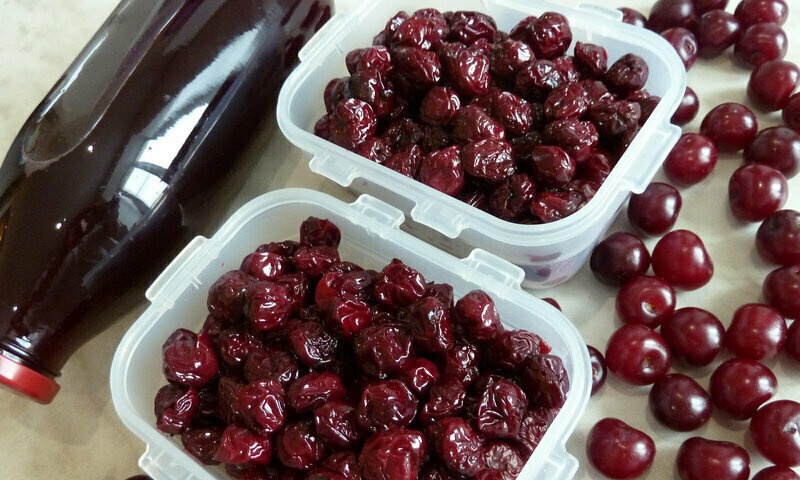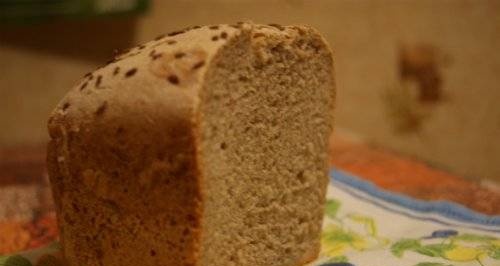Maltese cuisine is the result of a long relationship between the islanders and other civilizations that have occupied the Maltese Islands for centuries.
The result is an eclectic mix of Mediterranean cuisines.
The Maltese Islands are located at the intersection of all trade routes from Europe to Africa and Asia, which is why Malta has been conquered for centuries. Phoenicians, Greeks, Romans, Arabs, Normans - what kind of rulers she did not know. Since 1530 the island was ruled by the Ioannic order of knights, and in 1800 it was captured by Bonaparte. The last owners of Malta - the British - ruled the island for 150 years; Malta gained independence only in 1964. Of course, all this could not but be reflected in the country's cuisine, there are enough products and dishes brought by the conquerors. Foreign dishes and tastes were adopted, transformed and adapted. Italian (in particular, Sicilian) and Arab cuisine had a particularly strong influence here. But, despite the influence of the Arabs, Italians, Spaniards and Moors, the Maltese still managed to preserve their own gastronomic traditions. One of these features is the long cooking over low heat so that the food is almost stewed. The most popular dish in Malta is rabbit stewed in wine, fenkada. It is believed that rabbit is not cooked better than the Maltese anywhere in the world.
Traditional Maltese cuisine is typical Mediterranean. As in any national cuisine, seasonality is clearly expressed in it: if in the summer, in the heat for lunch, it is enough to eat a toasted piece of bread grated with tomatoes, with onions, anchovies and sheep's cheese, then a winter meal will surely begin with a minestra - a rich vegetable soup with a thick slice of country bread , generously flavored with olive oil.
Usually, the feast begins with appetizers: tortillas spread over bean paste with garlic, olives stuffed with tuna, cold stuffed vegetables or local sausage with coriander.
Also, a bread basket with several types of bread and rolls will appear on the table. In between main courses, you can also serve a plate of olives or a few dips with crackers or toasted bread.
The proximity of Sicily affected the love of the Maltese for pasta. Spaghetti with various meat and fish sauces, ricotta ravioli and baked pasta are prepared in every home. Timpala, a casserole made of pasta with ground beef and sheep's cheese with a golden crust of dough, is a particularly ceremonial option. It is believed to have been a favorite dish of the Grand Master of the Order of Malta, La Valletta.
Malta is an island state, so the diet of its inhabitants includes a lot of fish and seafood. Squid and octopus are excellent cooked here, usually stewed with vegetables or stuffed. They also love the local version of bouillabaisse in Malta - aljotta, a fish soup with garlic, herbs and tomatoes. On holidays, they bake a pie filled with dorada, which is called lampuka in Malta.
Maltese pastries are worthy of special attention. In addition to a variety of meat and vegetable pies, the Maltese make wonderful sweets. Date pies, macaroons and crunchy canolas stuffed with cheese cream, they obviously "spied" them on the Sicilians. From there also came the love of cold desserts, ice cream and semifredo.
And from the Arabs they inherited almond halva and nougat.But the "face" of Malta is rightfully considered to be pasta pies with various fillings, the most beloved - with tender ricotta, they are sold everywhere. Eat pastations for breakfast with a cup of coffee, and you can easily admire the beauty of Malta until the evening.
Bean paste (bigilla)
Today, for breakfast, the leftover pasta was used for sandwiches with little black bread and white bread. She fried toasts from white bread - bean paste on top, green onion, grapes.
Easy and unpretentious recipe in execution - and how much taste, joy, benefit
Cook with pleasure and bon appetit! 🔗
If the paste is thick, add 1-3 tbsp. l. decoction of beansI began to doubt this bean broth, because there is information about its toxicity. Now I just dilute it with water.
On fast days, you can add some water, on ordinary days you can add 1-2 cubes of bouillon - I always make them myself, I keep them in the freezer
On the hunt, for toast - oh, how good it went!
And I have not read anywhere about the harm of bean broth Here is what I read on the Internet: "So that the dishes from beans do not harm the body, they must be cooked correctly. Heat treatment should last at least an hour and a half. In this case, be sure to use water, since dry heating harmful substances are not destroyed. They lose activity only during cooking. But useful substances are practically not destroyed during processing, so boiled beans have the same nutritional value as raw beans. "
I began to doubt this bean broth, because there is information about its toxicity. Now I just dilute it with water.
Admin, thanks for the recipe, just in time! Today I cooked a lean borscht with beans, but it turned out to be a lot and I put some of it aside. And here is just a recipe! Tomorrow I'll make pancakes with pasta!
izumka, to your health! I hope you enjoy it and share your opinion. The pasta tastes neutral, bean, so it will accept any additives to taste.

Delicious! Thanks for the recipe!
ABOUT! Great how! Such beaters are beautiful and attractive!
Thank you for believing in my recipe
🔗
izumka, from simple products that are always at hand, and from which you sometimes do not know what to cook - but how simple and tasty it all turns out!
It is very nice to hear that you also liked the beans in this form, eat them for health!
Recently I love to cook such simple recipes
Loved the recipe
I cooked it several times. Most of all I liked it as a spread for white bread from a bread machine.
It was from white beans that I found it especially tasty. The beauty is the ease of preparation. And every time I add some more (pumpkin) oil to the olive oil. I cook without garlic, add salt and black pepper.
Olya, to your health! Any additives to our taste
ABOUT! Reminded! What to cook too
I began to doubt this bean broth, because there is information about its toxicity. Now I just dilute it with water.
I always cook in two waters: the first time 30-35 minutes without salt, drain, then another water and until tender.
We call it "mashed garlic", which is completely wrong, but the child eats. And no beans, he does not eat beans)))
Admin, thanks for the recipe! I will definitely cook it! Soak beans?
Ilmira, the pasta looks great Well, just hummus, if you add a little more spices and sprinkle with pepper
Yes, I pre-soak the beans overnight, it's better to cook beans
And here, almost the entire recipe is made by eye and by taste, it is not worthwhile to clearly indicate the quantity.
And how many beans did you take?Yul, I had half a pack.
Tatyana, I didn’t soak it, I washed it and threw it into the "porridge" mode for 20 minutes.
Ilmira, and so you can do it. Much also depends on the beans themselves, their abilities.
Ilmira, you need to try - it seems to me that it should turn out well with tender cheese.
If you still have the pasta, put a little in the bowl and mix with cream cheese to taste, whisk the mass with a whisk, add something else for taste
Excited my stomach, I also wanted bean paste
Indeed, it goes well with a snack.
there is still pasta,
have to run for cheese. Bon appetit to you
Ilmira, THANK YOU!











